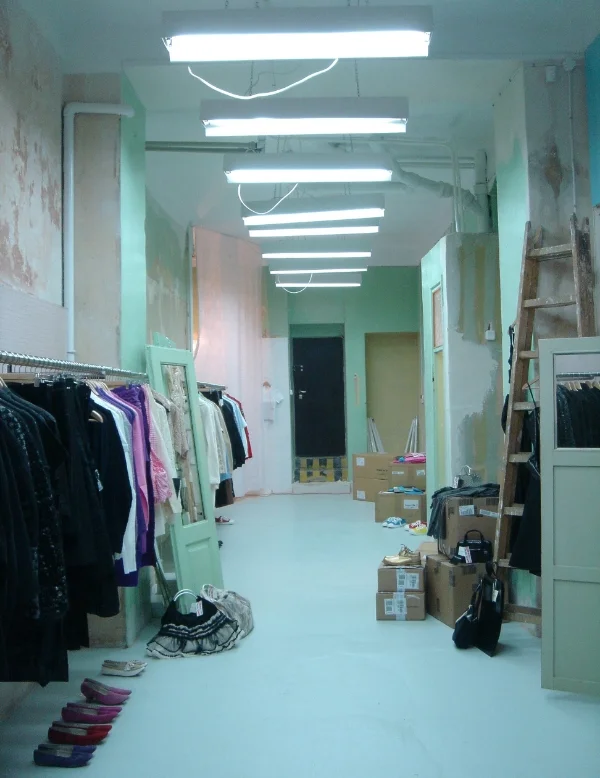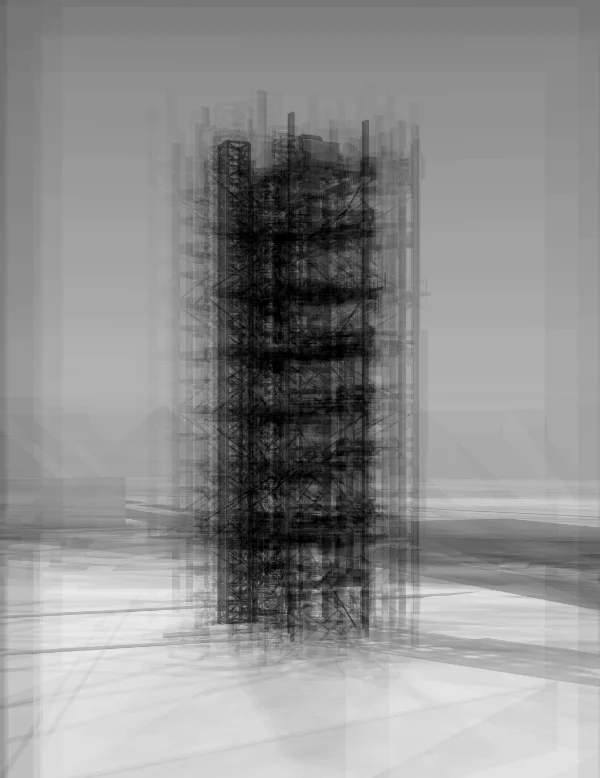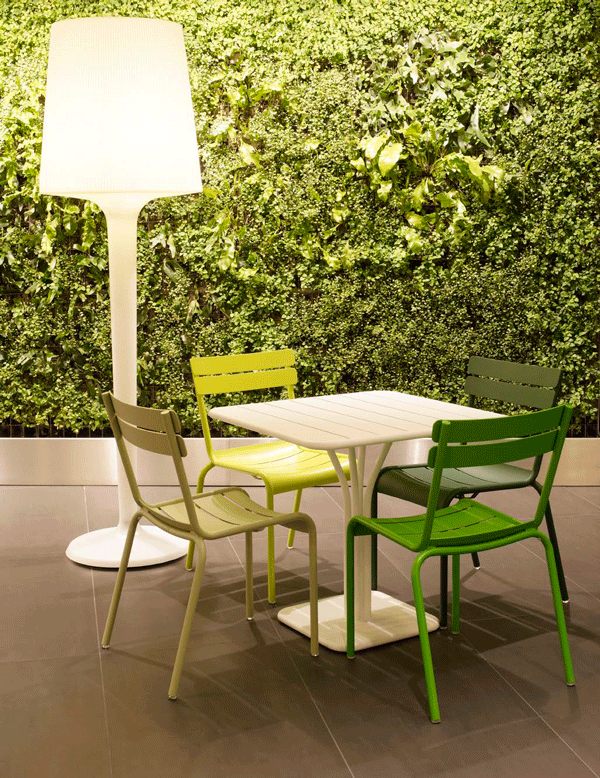The experience economy
In the global economic decline increasing interest in growth through creative industries that cater to enhanced consumption has resulted in new forms of tourism and culture. In the urban and architectural context, the experience economy and its design and production of experience has focused in particular on unprecedented spatial encounters within the built environment. From innovative tourism to hospitality and retail, the creation of such experience often originates from inimitable settings. Volume 06 explores the “the experience economy and adaptive reuse”.
the changing roles
RETAIL IN THE EXPERIENCE ECONOMY
by Ann Petermans, Bie Plevoets & Koenraad Van Cleempoel
When B. Joseph Pine II and James H. Gilmore introduced the concept of ‘Experience Economy’ in the disciplines of economy and management in 1998, they considered ‘the company’ as the reference point in the company-customer relationship. In their initial top-down approach to the experience economy, individual consumers were considered as passive partakers, while companies presumed to ‘know what was best’ for the customer. This approach was soon criticized, because it seemed to have propelled (over) commercialization and consumerism. Hence, in what was labelled the ‘second generation experience economy,’ the focus shifted to dialogue for addressing customers’ needs and wants.
END OF EXCERPT
BETWEEN MEMORY AND INVENTION
AN INTERVIEW WITH NIETO SOBEJANO ARQUITECTOS
by LUIS SACRISTÁN MURGA
Beyond entertainment and culture, or tourism, aspects of the experience economy that have evolved since Pine and Gilmore’s seminal 1998 definition, recent concepts focus instead on the role of “place” as experience1. Int|AR author Luis Sacristán Murga explores this idea with architects Fuensanta Nieto and Enrique Sobejano, whose projects are exemplary of architectural interventions that contribute to a new and different experience. Beginning with their project for the Museum of San Telmo that is very much a product of “place” in San Sebastián, the designated European Capital of Culture 2016, to key projects of reuse and heritage in Europe, we are offered a unique glimpse into the critical thinking behind their approach to experience and adaptation.
FULL SPANISH INTERVIEW
POSTINDUSTRIAL SPECTACLE
RECONNECTING IMAGE AND FUNCTION
by Patrick Ruggiero, Jr.
The decline of manufacturing industry in rustbelt cities has led municipal governments and real-estate investors to look to tourism and entertainment as new engines of economic growth and recovery. With major producers of tax revenue and jobs now defunct, stakeholders are taking active ownership in both the rebranding and reprogramming of deteriorated properties at the heart of their towns. The emerging design work in many of these redevelopment sites straddles the interests of both developers and the public—“Retain our heritage, but attract people to create jobs and spend money.” The resultant urban environments capitalize on the image of industry in a fetishized, spectacular way, using it as a billboard to attract business.
END OF EXCERPT
CATHEDRALS OF CONSUMERISM
EXPERIENCING CORPORATE INTERIORS AND BRANDS
by Sylvia Leydecker
A space is exciting as an experience of all the senses: visual, acoustic, haptic and other impressions combine to create a multi-sensory, holistic experience. It is an experience that is perceived consciously, but experienced subconsciously. If spatial experiences are not to be left to chance, as so often happens, they need to be designed purposefully. Today Interior Designers in a wide range of different fields and branches target the senses, filtering the information to be communicated, and turning spaces into communicative elements that build bridges between the sender and the recipient.
END OF EXCERPT





